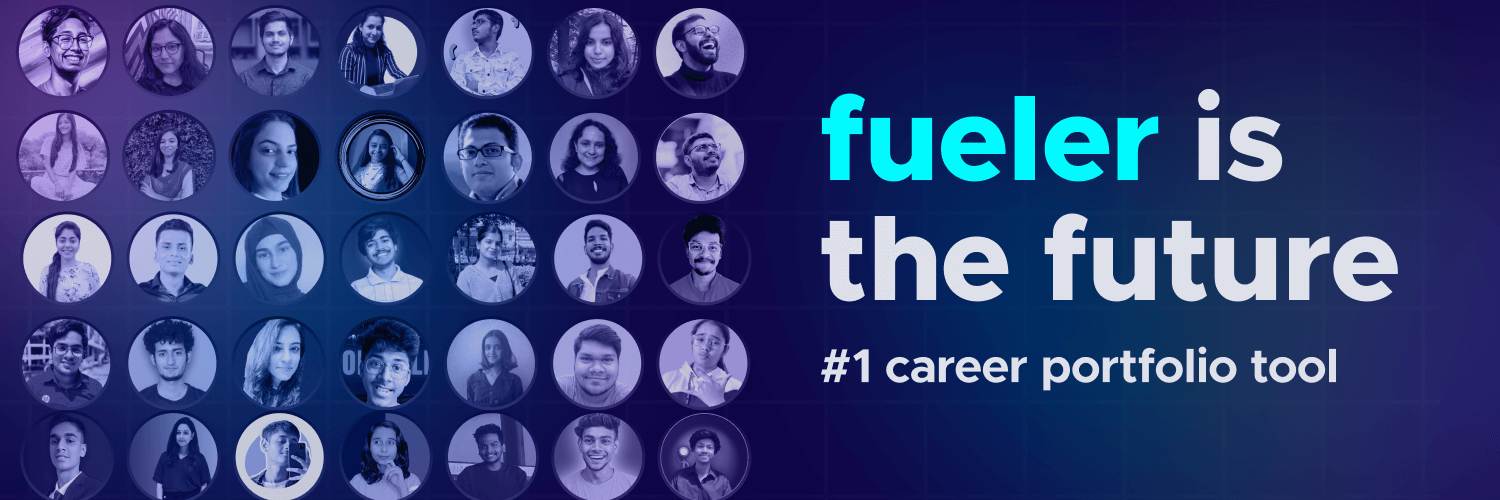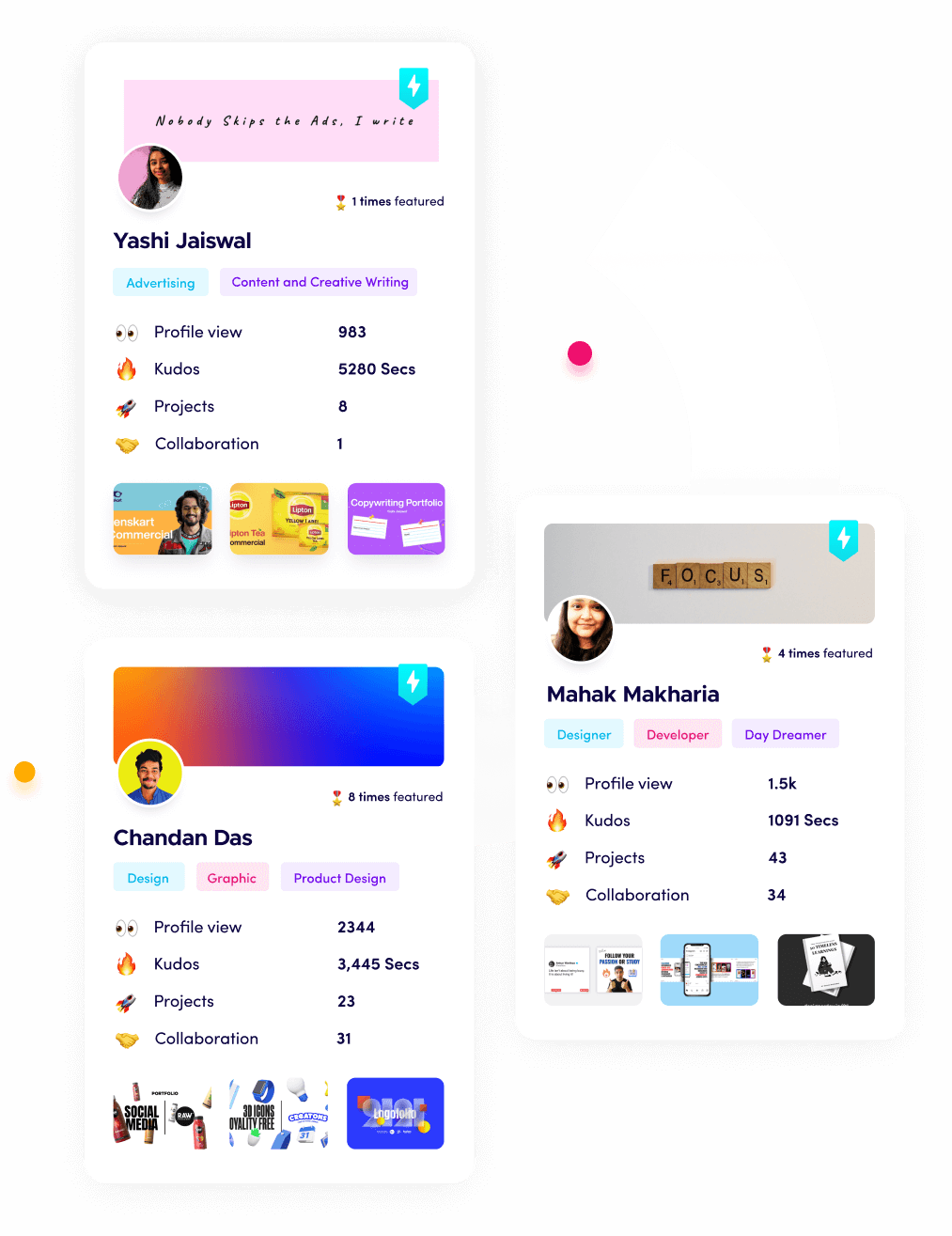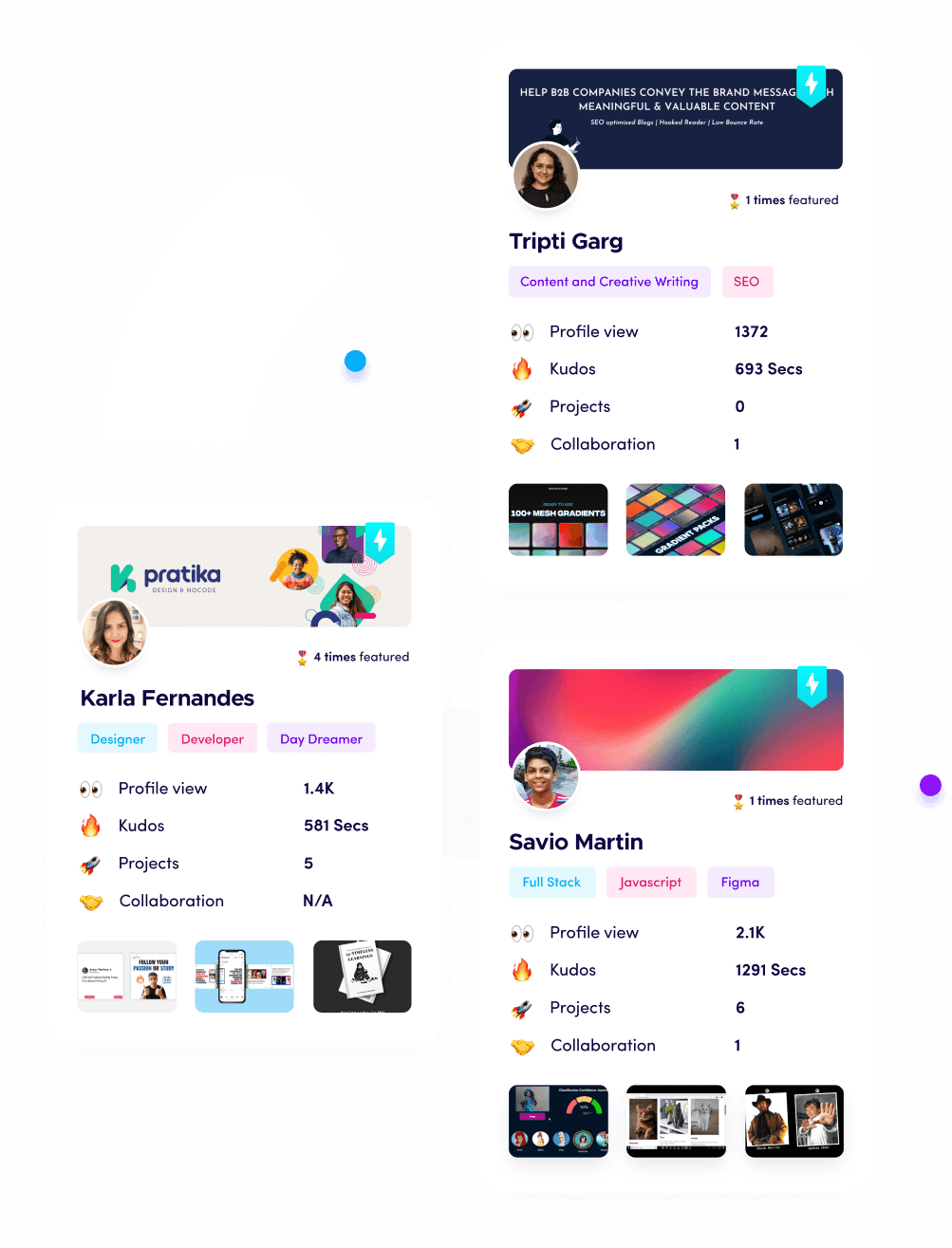How to Go From Side Hustle to Freelance Career

Riten Debnath
24 Jun, 2025

Ever wondered how people turn a weekend side gig into a full-blown freelance career? In 2025, more professionals than ever are ditching the 9-to-5 and building their own paths—starting with a simple side hustle. If you’re ready to transform your passion project into your main source of income, this guide is for you.
I’m Riten, founder of Fueler—a platform that helps freelancers and professionals get hired through their work samples. In this article, I’ll walk you through the real steps to go from side hustle to full-time freelance career. Your portfolio isn’t just a collection of projects—it’s your proof of skill, your credibility, and your shortcut to trust. With the right approach, you can turn your side gig into a sustainable, rewarding business.
Why Start With a Side Hustle?
Side hustles are the safest way to test the waters of freelancing. You can earn extra money, build skills, and grow your network—all while keeping your main job. In 2025, nearly 40% of professionals have a side hustle, and many use it as a launchpad for self-employment.
Features:
- Earn extra income without quitting your job
- Build real-world experience and confidence
- Test business ideas with low risk
- Learn what clients want and need
Why it matters:
- Starting small lets you experiment, learn, and grow before taking the leap into full-time freelancing.
Step 1: Set Clear Goals for Your Freelance Journey
Before you go all in, decide why you want to freelance. Is it for more income, flexibility, or to pursue a passion? Set both short-term (monthly income, number of clients) and long-term goals (full-time transition, business growth).
Features:
- Clarity on your “why”
- Roadmap for growth
- Motivation during tough times
- Easier to measure progress
Why it matters:
- Clear goals keep you focused and help you track your progress as you move from side hustle to career.
Step 2: Choose and Specialize in a Niche
The most successful freelancers are specialists, not generalists. Pick a niche that matches your skills, interests, and market demand—like content writing for SaaS, social media for e-commerce, or graphic design for startups.
Features:
- Easier to market yourself
- Attracts higher-paying clients
- Builds authority and trust
- Less competition
Why it matters:
- Specializing helps you stand out and become the go-to expert in your field.
Step 3: Build a Strong Portfolio
Clients want proof you can deliver. Start with projects from your side hustle—personal projects, volunteer work, or small gigs. Use Fueler to organize your best work, add case studies, and collect testimonials. Fueler helps you get discovered by companies hiring through assignments, not just resumes.
Features:
- Showcases your real results
- Easy to update as you grow
- Attracts better clients
- Builds credibility instantly
Why it matters:
- A strong portfolio is your ticket to bigger, better freelance opportunities.
Step 4: Set Your Rates and Manage Finances
Calculate your minimum income needs and set your rates accordingly. Use online calculators to factor in expenses, taxes, and time off. Decide if you’ll charge hourly, per project, or on retainer. Start tracking your income and expenses from day one.
Features:
- Financial security and planning
- Professional pricing strategy
- Easier to scale as you grow
- Avoids undercharging
Why it matters:
- Knowing your worth and managing money is key to making freelancing sustainable.
Step 5: Market Yourself and Find Clients
Promote your services on platforms like LinkedIn, Upwork, and niche job boards. Reach out to your network, join online communities, and pitch your services directly to potential clients. Use your portfolio as proof of your skills.
Features:
- Multiple channels for client acquisition
- Direct outreach and inbound leads
- Builds your personal brand
- Consistent pipeline of projects
Why it matters:
- Consistent marketing ensures you never run out of work as you transition to full-time freelancing.
Step 6: Grow Your Business While Employed
Before quitting your job, build a steady flow of freelance clients and income. Use evenings and weekends to take on more projects. Once your freelance income is stable and meets your financial goals, you’ll know you’re ready to go full-time.
Features:
- Smooth transition, less risk
- Time to learn business skills
- Confidence to leave your job
- Test your systems and processes
Why it matters:
- Growing your side hustle first reduces stress and increases your chances of long-term success.
Step 7: Make It Official—Register Your Business
When you’re ready, register your freelance business. Choose a business structure (sole proprietorship, LLC, etc.), open a business bank account, and handle taxes and legal requirements. This step adds credibility and protects you legally.
Features:
- Legal protection and tax benefits
- Professional image
- Easier to work with bigger clients
- Clear separation of personal and business finances
Why it matters:
- Treating your freelancing as a real business sets you up for growth and bigger opportunities.
Step 8: Give Notice and Go Full-Time
Once you have enough clients and savings, give your employer proper notice. Plan your exit so you leave on good terms—you never know when you’ll need a reference or a future client.
Features:
- Professional transition
- Maintains relationships
- Opens doors for referrals
- Reduces stress
Why it matters:
- A smooth exit keeps your reputation strong and your network supportive.
Step 9: Keep Building and Learning
Freelancing is a journey, not a destination. Keep learning new skills, updating your portfolio, and networking. Join communities, attend events, and stay on top of trends in your niche.
Features:
- Continuous growth
- Access to better clients and projects
- Long-term career satisfaction
- Future-proof your business
Why it matters:
- Lifelong learning keeps your freelance career fresh, competitive, and rewarding.
Final Thought
Turning your side hustle into a freelance career is possible for anyone willing to plan, learn, and take action. Start small, build your skills and portfolio, and transition when you’re ready. With the right mindset and tools, you can create a career that gives you freedom, flexibility, and fulfillment.
FAQs
1. How do I know when to quit my job and go full-time freelance?
When your freelance income is stable, meets your financial needs, and you have a steady stream of clients, you’re ready to make the leap.
2. What are the best ways to find freelance clients in 2025?
Use platforms like Upwork, LinkedIn, and Fueler. Network in online communities and pitch your services directly to businesses in your niche.
3. How do I set my freelance rates?
Calculate your minimum income needs, research market rates, and factor in taxes and expenses. Adjust as you gain experience and demand grows.
4. Do I need to register my freelance business?
Yes, registering your business adds credibility, legal protection, and tax benefits. Requirements vary by country.
5. How can Fueler help me grow my freelance career?
Fueler helps you organize your portfolio, showcase real projects, and get discovered by companies hiring through assignments—not just resumes.
What is Fueler Portfolio?
Fueler is a career portfolio platform that helps companies find the best talents for their organization based on their proof of work.
You can create your portfolio on Fueler, thousands of freelancers around the world use Fueler to create their professional-looking portfolios and become financially independent. Discover inspiration for your portfolio
Sign up for free on Fueler or get in touch to learn more.


